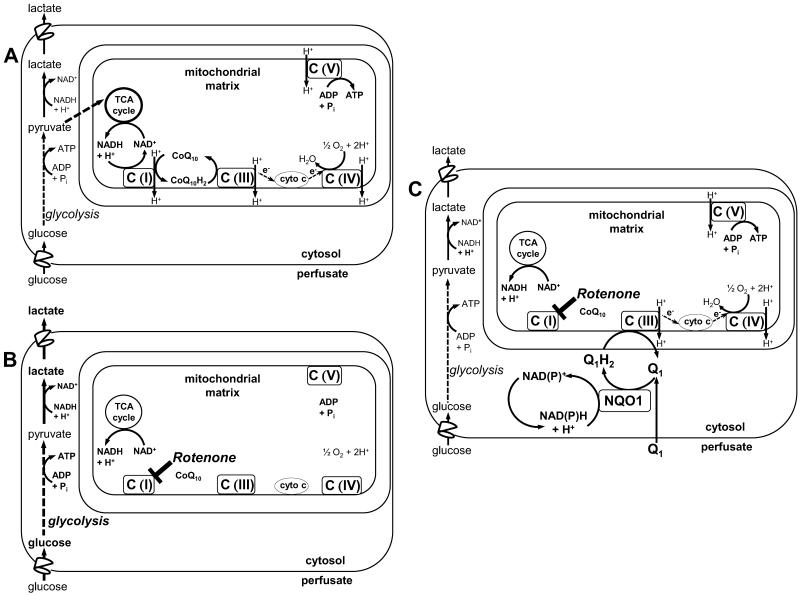Scheme 1. Quinone-mediated mitochondrial electron transport complex I bypass.
A. The mitochondrial electron transport chain under physiological conditions, where C(I), C(III), C(IV) and C(V) represent complexes I, III, IV and V, and with the physiological quinone electron acceptor, CoQ10, and its reduced form, CoQ10H2. B. Rotenone inhibits electron transport at C(1), blocking transfer of electron to CoQ10 and thus to C(III), preventing generation of the proton gradient across the mitochondrial inner membrane, depolarizing the mitochondrial membrane potential (ΔΨm) and depressing ATP production. Compensatory activation of glycolysis increases lung lactate generation as a reflection of increased cytosolic NADH levels. C. When the exogenous amphipathic quinone (Q1) is present, it freely enters the lung tissue, where it is reduced via cytosolic NQO1 at the expense of the endogenous electron donor, NAD(P)H. The reduced hydroquinone form, Q1H2, enters the mitochondria and transfers the reducing equivalents gained in the cytosol to C(III), thereby restoring mitochondrial electron transport, proton pumping, ΔΨm and ATP generation. The reoxidized quinone (Q1) returns to the cytosol to repeat the cycle. Thus, the Q1-Q1H2 redox pair acts to shuttle electrons from cytosolic NAD(P)H to C(III).

